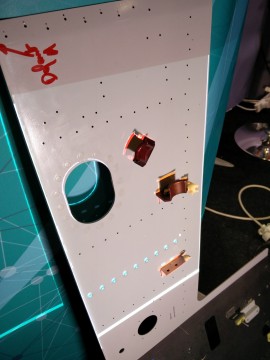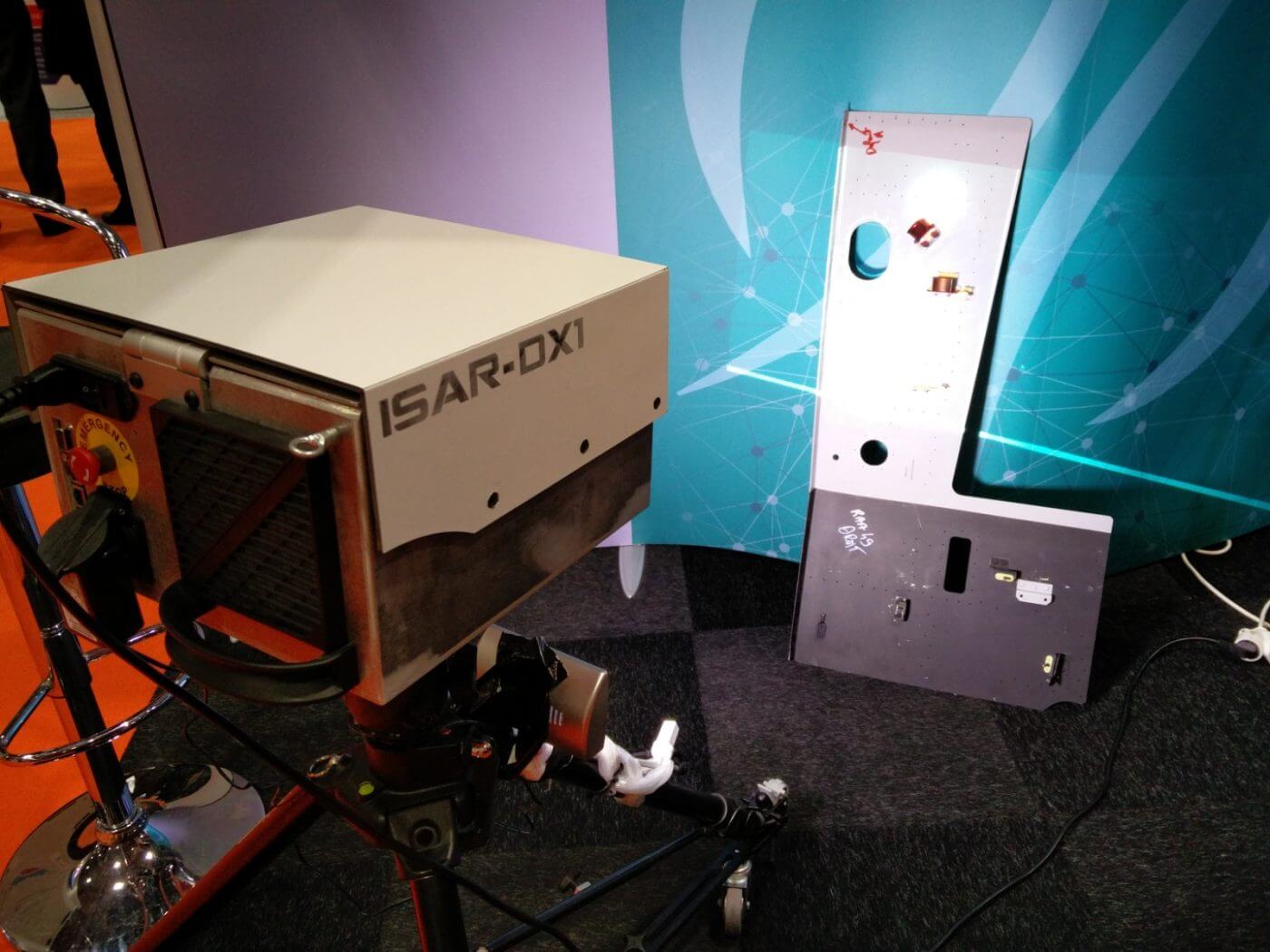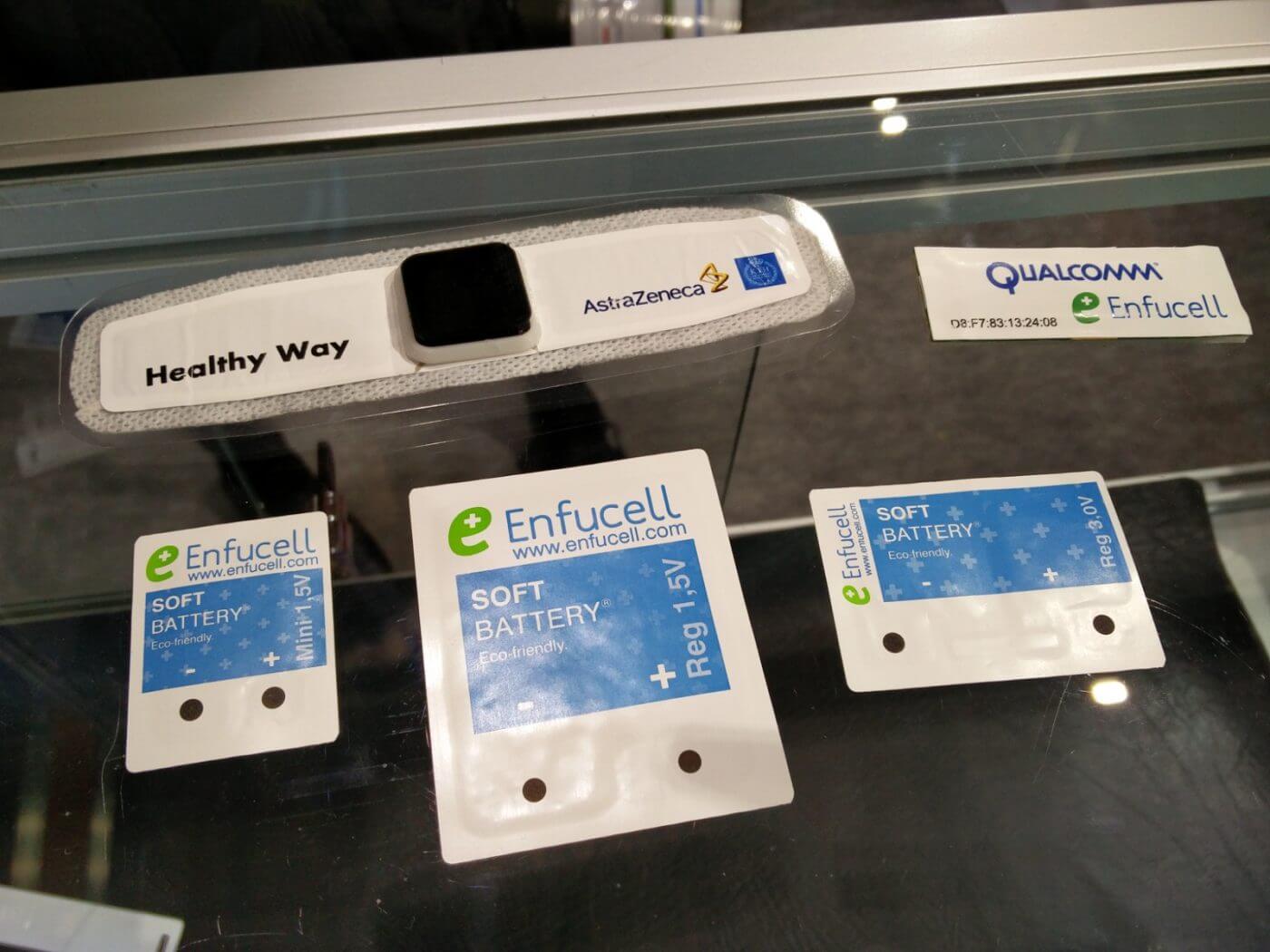 Let’s say that you are a major manufacturer of sportswear and you need an activity tracker to keep up with the market. You’ve no experience in electronics or wearables, so what do you do? If you’re Adidas, you turn to Bittium and get the professionals on the job. Martti, Senior Specialist at Bittium, takes Andrew through the company’s offering.
Let’s say that you are a major manufacturer of sportswear and you need an activity tracker to keep up with the market. You’ve no experience in electronics or wearables, so what do you do? If you’re Adidas, you turn to Bittium and get the professionals on the job. Martti, Senior Specialist at Bittium, takes Andrew through the company’s offering.
Finnish firm Bittium are a technology design house, specialising in connectivity solutions, from 4G base stations to mobile phones, IoT and wearables. Bittium will take an idea for a product and develop it to a finished product, including physical design, hardware and software.
Here’s the tracker that Bittium did for Adidas, the MiCoach Smart Run. It’s a few years old now (2013) but it’s interesting to hear the development story.
Podcast (specmedia): Play in new window | Download | Embed
Subscribe: Apple Podcasts | Email | RSS











